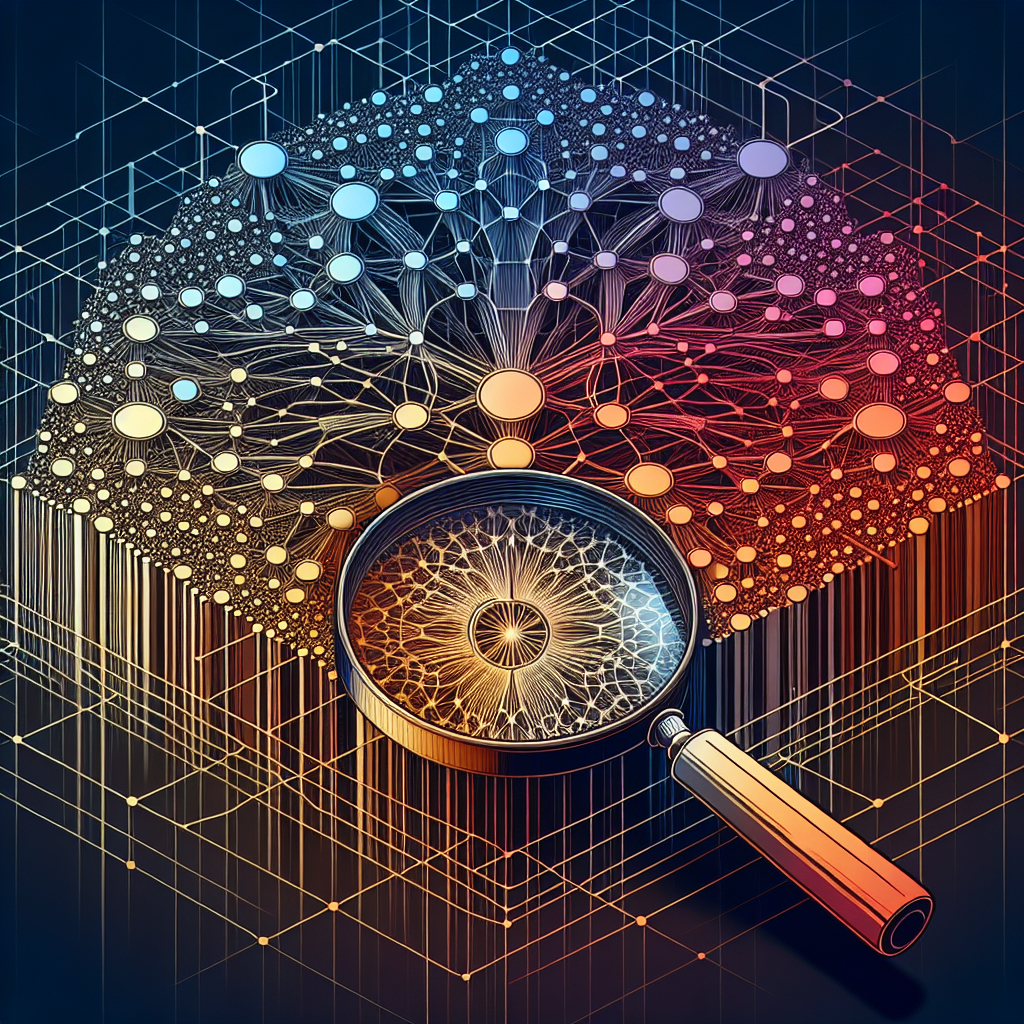Your cart is currently empty!
Deep Dive into Deep Neural Networks: A Comprehensive Overview

Deep neural networks have become a powerful tool in the field of artificial intelligence, revolutionizing the way we approach complex tasks such as image and speech recognition, natural language processing, and autonomous driving. In this article, we will take a deep dive into deep neural networks, exploring their architecture, training process, and applications.
Deep neural networks, also known as deep learning models, are a type of artificial neural network with multiple layers. These networks are inspired by the structure of the human brain, with layers of interconnected nodes (neurons) that process and analyze data. The depth of these networks refers to the number of layers they have, with deep networks typically having more than three layers.
The architecture of a deep neural network consists of an input layer, one or more hidden layers, and an output layer. Each layer contains a set of neurons that are connected to neurons in the adjacent layers through weighted connections. During the training process, the network learns to adjust these weights in order to minimize the difference between the predicted output and the actual output.
Training a deep neural network involves feeding it a large amount of labeled data and using an optimization algorithm, such as gradient descent, to update the weights and biases of the network in order to minimize the error. This process is repeated multiple times until the network converges to a set of weights that accurately represent the underlying patterns in the data.
Deep neural networks have been successfully applied to a wide range of tasks, including image classification, object detection, speech recognition, and natural language processing. These networks have achieved state-of-the-art performance in many of these tasks, surpassing human-level accuracy in some cases.
One of the key advantages of deep neural networks is their ability to automatically learn features from the data, removing the need for manual feature engineering. This makes them highly adaptable to a wide range of tasks and datasets, making them a versatile tool for solving complex problems.
In conclusion, deep neural networks are a powerful tool in the field of artificial intelligence, with the ability to learn complex patterns from data and achieve state-of-the-art performance in a wide range of tasks. By understanding the architecture, training process, and applications of deep neural networks, we can harness their potential to drive innovation and solve real-world problems.
#Deep #Dive #Deep #Neural #Networks #Comprehensive #Overview,dnn

Leave a Reply